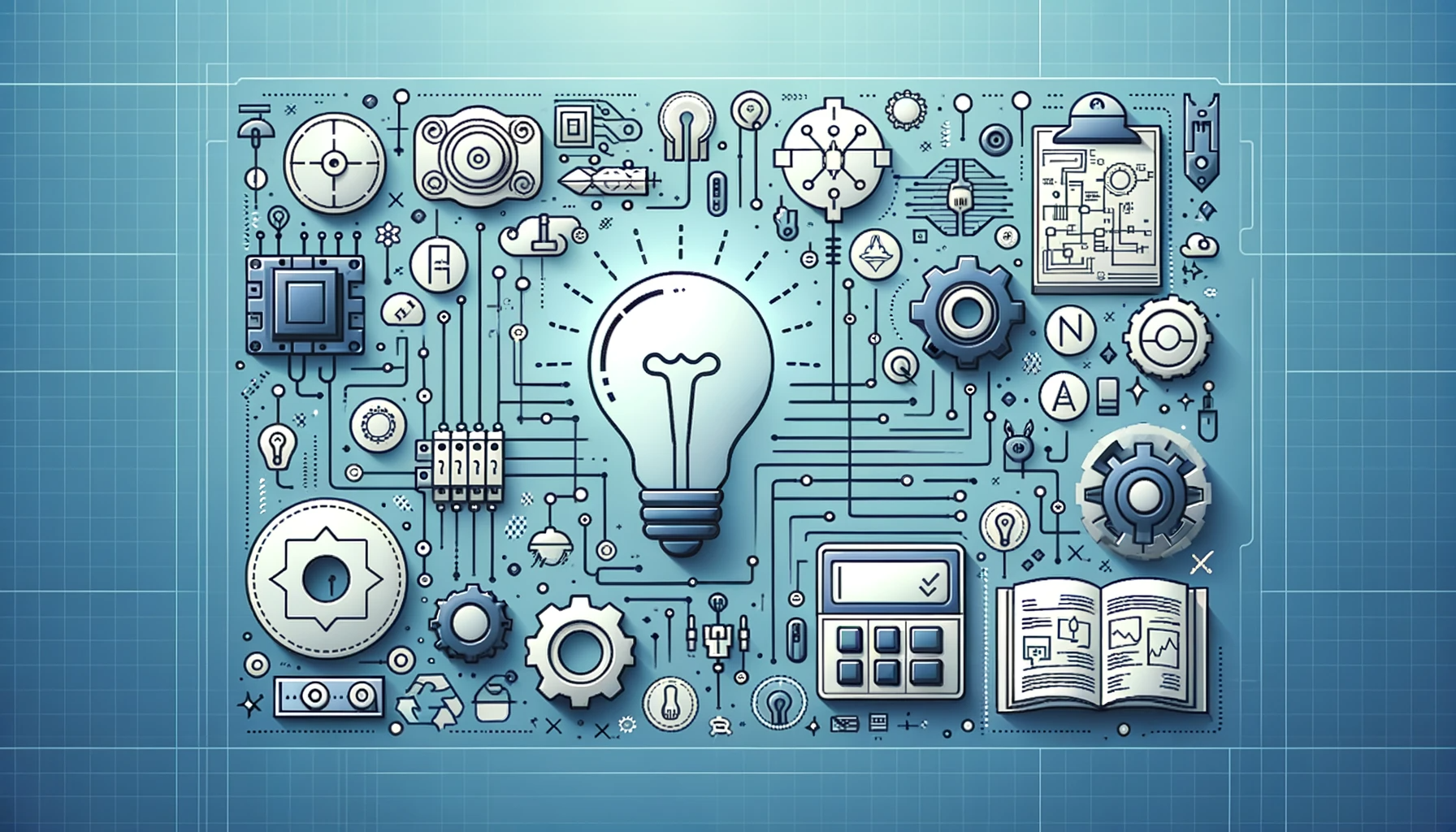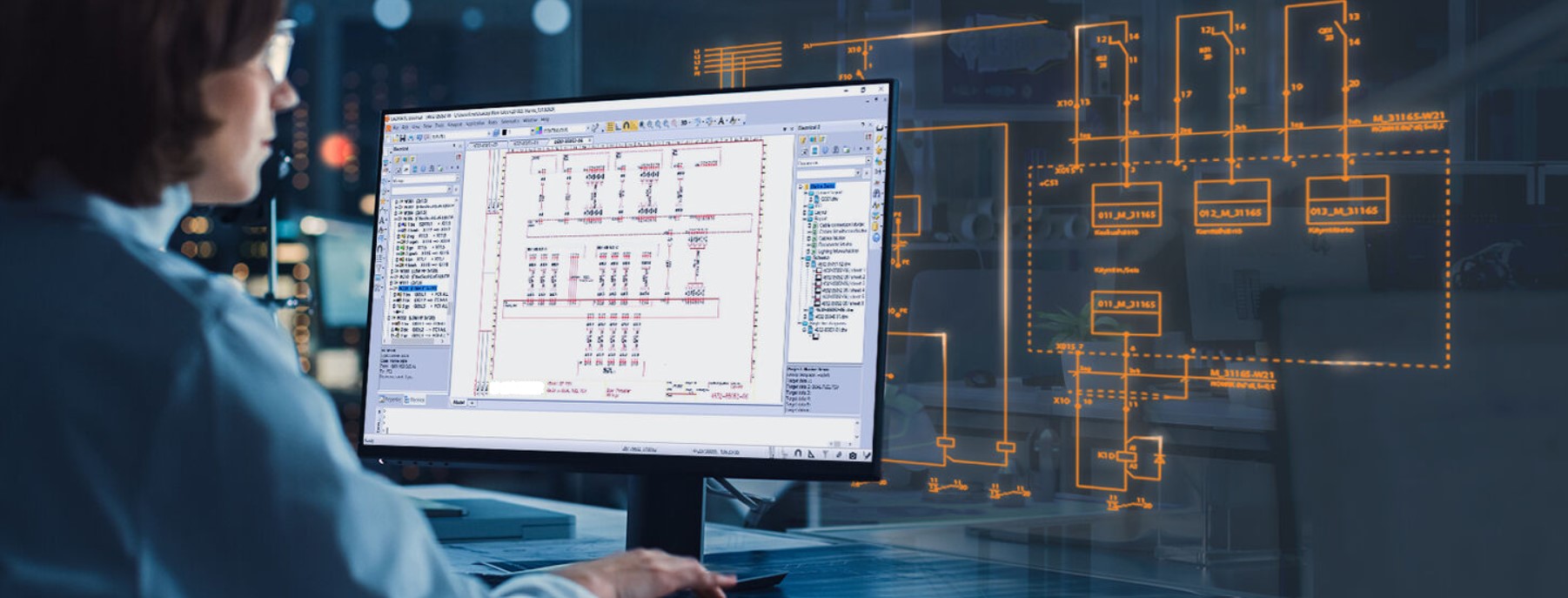Cutting-edge Electrical Design Providers for Modern Infrastructure
The development of contemporary framework necessitates innovative electric design solutions that not only enhance functional efficiency however additionally address sustainability difficulties. As city environments grow progressively intricate, incorporating modern technologies such as clever grids and sustainable power sources comes to be paramount. These improvements not only assure to optimize energy consumption yet likewise foster resilience versus future demands. The landscape of electrical design is going through rapid change, triggering a more detailed exam of emerging trends and their implications for long-term framework practicality. What might the future hold for those who embrace these innovative techniques?
Importance of Cutting-edge Electrical Design
Innovative electrical design plays a vital function in modern-day facilities, influencing not just effectiveness yet likewise sustainability. As cities progress and the demand for power boosts, the demand for advanced electric systems comes to be vital. These systems need to not just meet current needs yet likewise prepare for future growth and technological advancements.
A well-executed electrical design can substantially reduce power usage, consequently lowering functional expenses and decreasing ecological influence. By including eco-friendly power resources, such as photovoltaic panels and wind turbines, cutting-edge styles can enhance power self-reliance and durability. Wise grid technologies allow for real-time surveillance and monitoring of energy circulation, maximizing efficiency and decreasing waste.
Safety is one more important aspect of electrical design. Implementing sophisticated modern technologies and strenuous criteria can alleviate dangers related to electrical failures, guaranteeing a secure environment for citizens and organizations alike. Additionally, ingenious designs promote adaptability, enabling facilities to incorporate arising technologies seamlessly.
Key Trends in Electric Design
As the landscape of electric design continues to progress, several key trends are shaping the future of the industry. One substantial trend is the assimilation of smart modern technology right into electric systems. The spreading of the Web of Things (IoT) has enabled real-time surveillance and control of electrical tools, boosting efficiency and facilitating predictive upkeep.
An additional fad is the growing emphasis on modular design. This strategy permits scalable and adaptable services, making it possible for infrastructure to adapt to altering needs without substantial remodellings. Additionally, making use of sophisticated simulation tools and Building Information Modeling (BIM) is coming to be progressively prevalent, streamlining the design process and improving collaboration amongst stakeholders.
Moreover, developments in products scientific research are leading to the growth of lighter, more resilient, and energy-efficient elements. This innovation is particularly vital for high-performance structures and infrastructure projects.
Last but not least, there is a significant change in the direction of data-driven decision-making - electrical engineering design services. Leveraging information analytics assists developers enhance systems for efficiency and cost-effectiveness. Together, these fads signify a transformative age in electric design, improving functionality, sustainability, and durability in modern framework
Lasting Energy Solutions
Lasting energy services are progressively becoming a critical focus in electrical design, showing a broader dedication to environmental responsibility and source efficiency. These services intend to minimize these details ecological impact while optimizing power consumption in different frameworks, from property structures to big commercial facilities.
One of the foremost strategies includes the combination of sustainable energy have a peek at this site sources, such as solar panels and wind turbines, into electrical systems. This not only minimizes reliance on fossil fuels however additionally enhances energy strength. Furthermore, innovative energy storage space systems, such as innovative batteries, enable reliable monitoring and circulation of energy, ensuring that surplus energy created during top production can be used during high need periods.
In addition, energy-efficient design techniques are being taken on to boost overall system efficiency. This consists of making use of energy-efficient lights, cooling and heating systems, and clever structure innovations that keep track of and adapt energy usage based on occupancy and ecological conditions.
Smart Grid Technologies
The application of sustainable energy solutions normally results in the exploration of clever grid innovations, which play a pivotal duty in improving electric systems. Smart grids utilize progressed communication modern technologies and information analytics to boost the dependability, effectiveness, and sustainability of electrical energy circulation. By incorporating electronic modern technology with traditional grid facilities, these systems promote real-time surveillance, automated control, and enhanced decision-making capacities.
One of the essential features of smart grids is their ability to fit sustainable power sources, such as solar and wind power. This flexibility not just minimizes reliance on nonrenewable fuel sources however additionally permits a much more decentralized power manufacturing model. In addition, clever grids make it possible for demand feedback programs, where customers can adjust their power use based on real-time rates, consequently advertising energy preservation and decreasing peak load demands.
Additionally, clever grid innovations enhance grid resilience by allowing quicker recognition and resolution of outages, inevitably decreasing downtime. With anticipating maintenance and analytics, energies can enhance operations and improve solution shipment. As areas my site and cities remain to develop, wise grid technologies are important for constructing a sustainable and reliable electric facilities that meets the demands of contemporary culture.

Future-Proofing Framework
To guarantee long-term viability and adaptability, future-proofing infrastructure is crucial in the quickly evolving landscape of electrical design solutions. As innovation developments and energy needs shift, it is crucial that electrical systems are made with versatility in mind. This involves including scalable services that can suit future upgrades without requiring extensive overhauls.

In addition, sustainability must be a foundation of future-proofed designs. Using renewable resource resources, such as solar and wind, and maximizing energy performance lower dependence on fossil fuels, straightening with global initiatives to battle climate change.
Verdict
Finally, cutting-edge electric design services play an essential duty in forming modern infrastructure. By focusing on efficiency, sustainability, and flexibility, these solutions deal with the advancing demands of power systems. The combination of wise grid modern technologies and lasting energy options enhances resilience and minimizes operational expenses. Future-proofing facilities through innovative simulation tools and modular methods guarantees that electric systems continue to be responsive to changing requirements, eventually adding to a more energy-independent and sustainable future.
A well-executed electrical design can substantially reduce energy intake, consequently lowering operational costs and reducing environmental influence. By including sustainable energy sources, such as solar panels and wind generators, innovative layouts can improve energy independence and strength. Furthermore, innovative power storage systems, such as innovative batteries, allow effective management and distribution of energy, making certain that surplus power produced throughout optimal production can be used during high need periods.
Wise grids enable need reaction programs, where customers can readjust their energy use based on real-time prices, consequently advertising energy preservation and reducing peak tons demands. (electrical design services)
As modern technology breakthroughs and energy needs shift, it is crucial that electric systems are designed with versatility in mind.